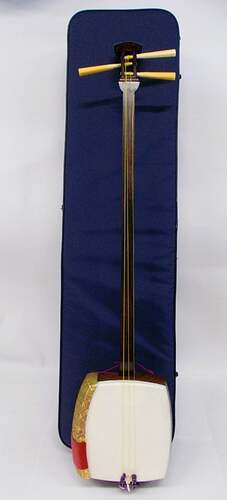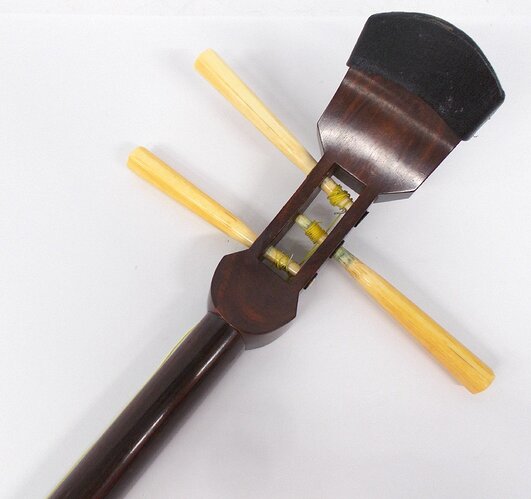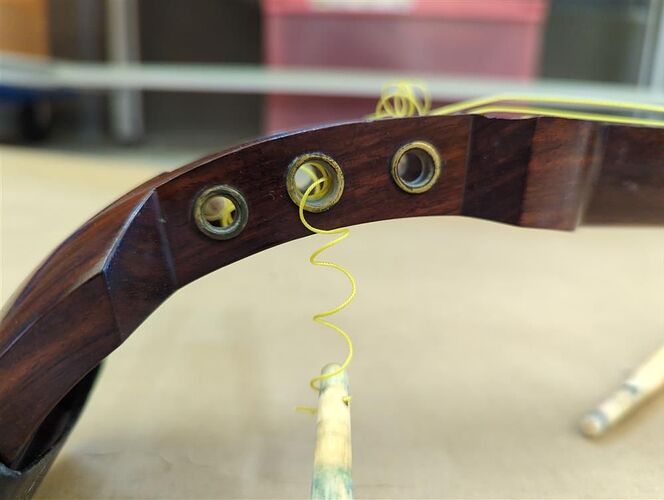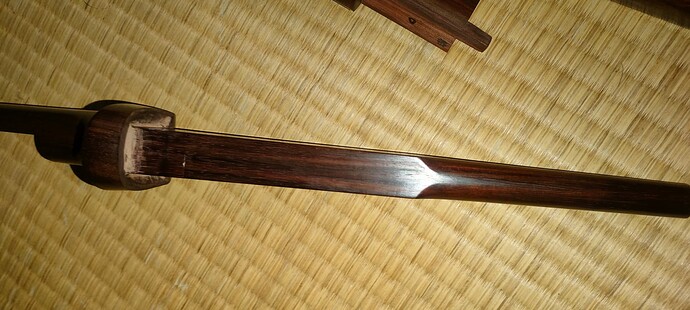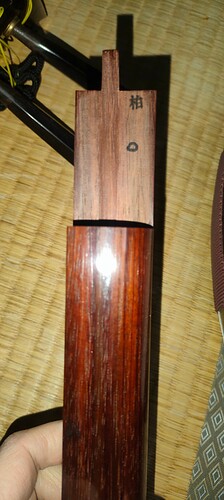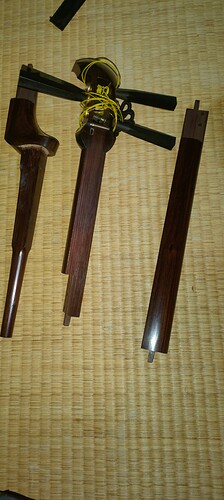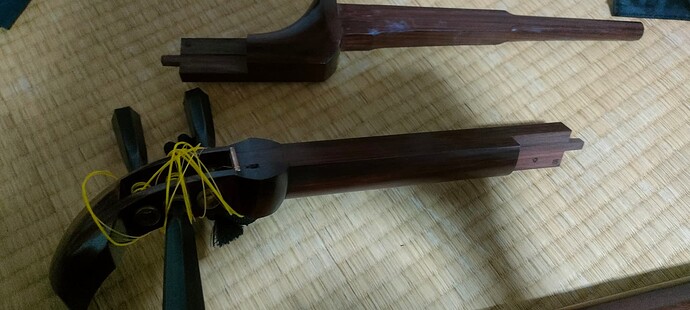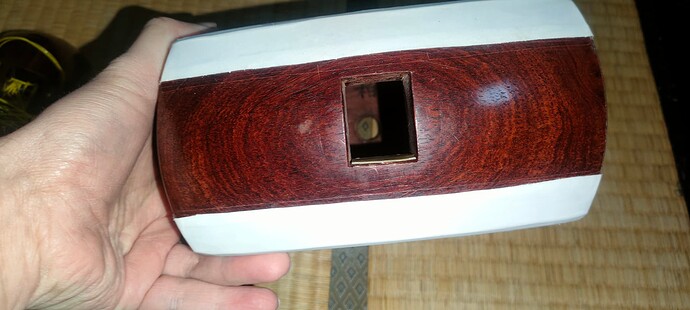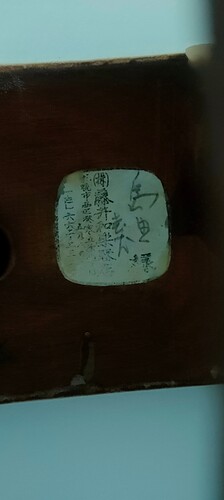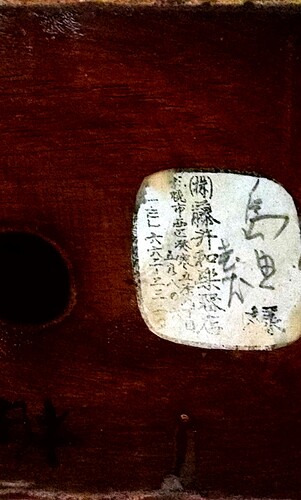@Pippy Please loot at this:
https://www.legislation.gov.uk/ukpga/2018/30/contents/enacted
Attention to section 8 and 10. Ivory law in the UK applies to all Ivory, with 5 possible exceptions. I don’t think that your Shamisen qualifies for a pre-1975-built musical instrument certificate, judging by the overall condition and details. And if it by any chance does, you may possibly need to spend a lot on getting it registered.
But in the case it does qualify, even then you can’t know that right now before having it on hand, as you don’t know if there are writings or seals inside the instrument that would help date it. Without any inscriptions or seals, there is no proof. Worse, the govt may even find any markings to be fake, made in order to facilitate the illegal trade, of which you will be judged to be part of. There is no claiming ignorance (the “I didn’t know” defence) on the purchase of Ivory.
I will go a step further. Shamisen have their itomaki replaced all the time. One could easily take a pre-1975 instrument and add ivory itomaki. However, the replaceable nature of itomaki is quite likely to be well known to UK authorities.
The penalties are way too harsh to be worth the risk, but that is ultimately your decision.
@oldstr Bone, especially older bone, will either become quite yellow if bovine (I have a set I use as reference), or have black grain in-between if whale (I have two sets I use as reference). Also, I can clearly see the Ivory pattern in the detail photo, plus I have several sets of ivory itomaki, and several ivory bachi, which are not illegal to own in Japan (but illegal to import/export).
Pippy, please take care, and also please consider the opinion of @Brown, who is an active member of Bachido, and have been sharing a lot of his expertise both here and in the Bachido Discord server.
@oldstr About the bachi, I’m not so sure there was fake bekko back then. One easy way to tell is it it has small areas that look like it chipped off. If I remember well, Brown said it is caused by a type of fungus that attacks Bekko.

